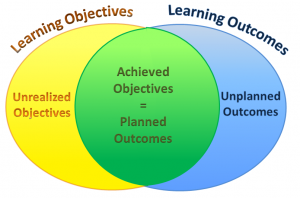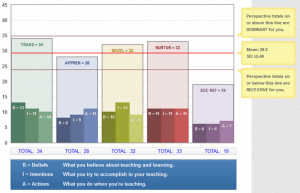This term I gave a lecture similar to the one last year, on gentrification of urban slums in China with the case study of Beijing’s hutongs. It was a 300-level geography class with about 60-70 students.
This is a different class that the one I gave the guest lecture in on this topic last year, but it’s a similar audience and level. The topic fit in well with the course for the instructor, so I mostly left everything as it was, having updated some statistics and reviewed the content. It was a really good opportunity for me to have a second run of the lecture, and I had a high standard for me as the first time it went quite well, so I wanted to do even better this time.
Again, it was an 80-min class where I spent about 2/3 lecturing and the rest on the discussion activity and the summary. I was very pleased with how engaged the class was, it wasn’t hard to get the people to discuss and share their ideas with the rest of the class, and while I was walking around and checking in with different groups, I was very impressed with some of the interesting ideas and examples they came up with.


